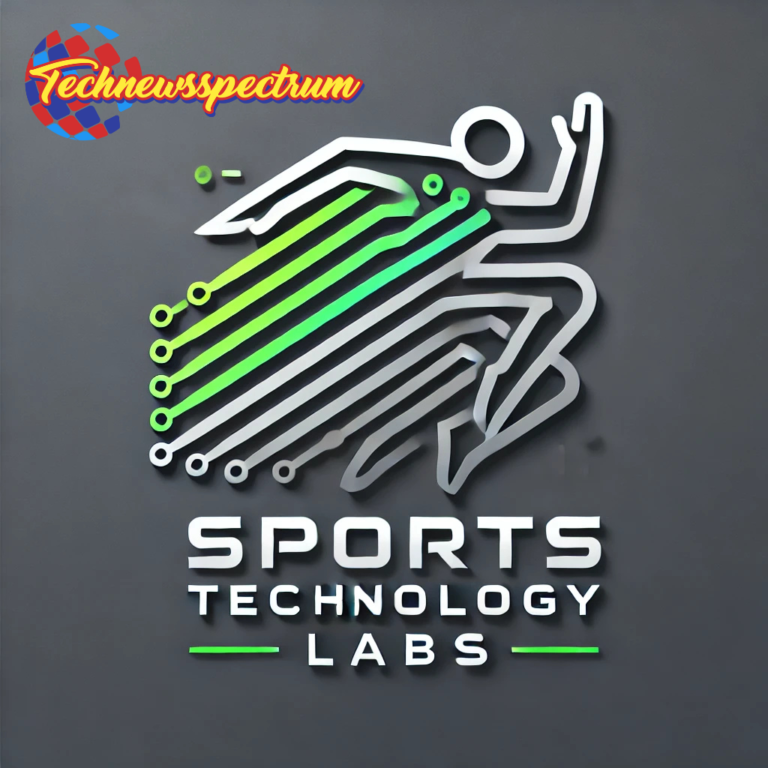Databricks Lakehouse Transforming Data Management for the Modern Age
Meta Description
Databricks Lakehouse transforms data infrastructure with unified solutions for analytics AI and cloud computing. Discover its advantages applications and why its changing the game.
Content Table
- Introduction to Databricks Lakehouse
- Origin and Evolution
- How Databricks Lakehouse Works
- Databricks Lakehouse vs Traditional Data Warehouses
- Apache Spark vs Data Lakes
- Architecture Overview
- Core Technologies Behind Apache Spark
- Use Cases Across Industries
- Key Components and Their Functions
- Benefits of Adopting Apache Spark
- Challenges and Limitations
- Security and Compliance Considerations
- Future Trends and Innovations
- Industry Adoption and Success Stories
- FAQs
- Final Thoughts
Introduction to Databricks Lakehouse
Databricks Lakehouse has redefined how businesses manage and analyze data. This modern solution combines the best aspects of data lakes and data warehouses streamlining analytics and machine learning. Companies today rely on real time insights and flexible platforms and this model meets both demands without compromising on performance.

Origin and Evolution
Databricks originally a spin off from UC Berkeleys AMPLab started with the Apache Spark framework. The Lakehouse concept evolved from years of research and practical application aiming to eliminate the fragmentation of traditional data systems.
By bridging structured and unstructured data, the Lakehouse simplifies management while improving reliability and speed. What began as a promising idea quickly became a leading solution for enterprises across the globe.
How Databricks Lakehouse Works
This system integrates features from both data warehouses and data lakes. At its core it unifies data formats and provides a single platform for storage processing and analysis. With open standards and native support for big data tools users gain flexibility without needing multiple platforms.
Main Functions
- Data ingestion from various sources
- Real time processing and transformation
- Storage in Delta Lake format
- Analytical querying with SQL support
- Machine learning pipeline integration
Databricks Lakehouse vs Traditional Data Warehouses
While warehouses have long dominated analytics they struggle with flexibility. They rely on rigid schemas and cant easily adapt to new data types.Apache Spark removes this limitation by supporting multiple data structures in a unified format.
| Feature | Traditional Warehouse | Databricks Lakehouse |
| Schema Flexibility | Low | High |
| AI/ML Integration | Minimal | Built In |
| Cost Efficiency | Moderate | High |
| Real Time Data Support | Limited | Strong |
Databricks Lakehouse vs Data Lakes
Data lakes offer vast storage for raw data but lack governance and performance. Databricks Lakehouse retains the openness of data lakes while adding reliability, performance, and structured querying.
| Feature | Data Lake | Databricks Lakehouse |
| Structure | Unstructured | Structured + Unstructured |
| Query Optimization | Poor | Excellent |
| Data Governance | Basic | Advanced |
Architecture Overview
Databricks Lakehouse architecture consists of multiple layers
- Data Ingestion Layer Captures and streams data from real time sources.
- Storage Layer (Delta Lake) Ensures ACID transactions and scalable storage.
- Processing Layer Handles batch and real time transformations.
- Query Layer Uses Photon Engine for low latency analytics.
- AI/ML Layer Native support for MLflow TensorFlow PyTorch and more.
Core Technologies Behind Databricks Lakehouse
Databricks Lakehouse relies on several innovative technologies
- Delta Lake Open source storage format ensuring consistency
- Apache Spark Core processing engine
- Photon Engine Speed optimized query engine
- Unity Catalog Centralized governance and access control
- MLflow Tracks and manages machine learning experiments
These technologies work together to enable secure high speed and versatile data environments.
Use Cases Across Industries
Healthcare
- Patient diagnostics from real time monitoring data
- Drug discovery using predictive models
Finance
- Fraud detection with streaming analytics
- Risk modeling with historical and real time data
Retail
- Dynamic pricing based on customer behavior
- Inventory prediction using AI driven insights
Manufacturing
- Predictive maintenance
- Supply chain optimization
Media and Entertainment
- Content recommendation engines
- Sentiment analysis from social media streams
Key Components and Their Functions
| Component | Function |
| Delta Lake | Reliable storage with transaction support |
| Apache Spark | Distributed data processing |
| Photon Engine | Fast execution of analytical queries |
| Unity Catalog | Access control and metadata management |
| MLflow | End to end machine learning lifecycle |
Benefits of Adopting Databricks Lakehouse
- Unified platform for multiple workloads
- Enhanced data consistency and quality
- Scalability for growing data demands
- Low latency query processing
- Cost efficient due to reduced data duplication
- Supports advanced analytics and AI/ML workflows
Challenges and Limitations
Despite its strengths there are a few potential challenges
- Steeper learning curve for new users
- Migration complexity from legacy systems
- Requires cloud first strategy
- Cost considerations for large scale implementations
Security and Compliance Considerations
Databricks Lakehouse includes robust security features
- Role based access controls
- Data encryption in transit and at rest
- Audit logging
- Integration with identity providers (OAuth, SAML)
- GDPR and HIPAA compliance options
Future Trends and Innovations
Looking ahead Databricks plans to expand its ecosystem through
- Enhanced automation of data engineering tasks
- AI powered data cataloging and metadata tagging
- Greater integration with BI tools like Power BI and Tableau
- Focus on sustainability with energy efficient processing
Industry Adoption and Success Stories
Shell leveraged the Databricks Lakehouse to process geospatial data and optimize drilling.
HSBC adopted it for real time fraud detection and customer analytics.
ViacomCBS used the Lakehouse for content performance analysis and ad targeting.
These examples show the platforms adaptability and performance in varied scenarios.
FAQs
1. What is Databricks Lakehouse?
A unified platform that merges the benefits of data warehouses and data lakes for analytics and AI workloads.
2. Is Databricks Lakehouse open source?
While based on open source tools like Apache Spark and Delta Lake the full platform includes proprietary enhancements.
3. How does it differ from traditional data systems?
It offers flexibility scalability and native AI support unlike traditional data warehouses or raw data lakes.
4. What companies use Databricks Lakehouse?
Firms like Shell HSBC ViacomCBS and thousands more across sectors utilize it.
5. Does it support real time analytics?
Yes through streaming data ingestion and the Photon engine.
6. Is it suitable for small businesses?
Yes although costs and complexity may require a managed setup or consultation.
Final Thoughts
Databricks Lakehouse represents a strong step forward in data infrastructure. By blending structure and scale with performance and flexibility, it creates a reliable environment for data driven innovation. For enterprises and startups alike this model provides a powerful solution to handle analytics artificial intelligence and data management all in one place.







